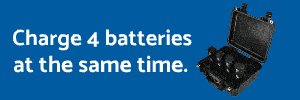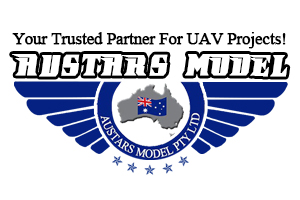Hi folks,
I want to create maps / surveys as accurately as I can, but see a lot of conflicting messages re using terrain awareness as opposed to simple fixed altitude flying.
What are the thoughts on using mapping apps (Map Pilot / Drone Deploy etc), WITH as opposed to WITHOUT terrain awareness for this type of work?
Being something of a newbie at mapping, (although an experienced UAV operator) I would be greatly indebted for any ideas / suggestions as to the various pros & cons.
Thanks in advance for any assistance here!
Mike
I want to create maps / surveys as accurately as I can, but see a lot of conflicting messages re using terrain awareness as opposed to simple fixed altitude flying.
What are the thoughts on using mapping apps (Map Pilot / Drone Deploy etc), WITH as opposed to WITHOUT terrain awareness for this type of work?
Being something of a newbie at mapping, (although an experienced UAV operator) I would be greatly indebted for any ideas / suggestions as to the various pros & cons.
Thanks in advance for any assistance here!
Mike
















